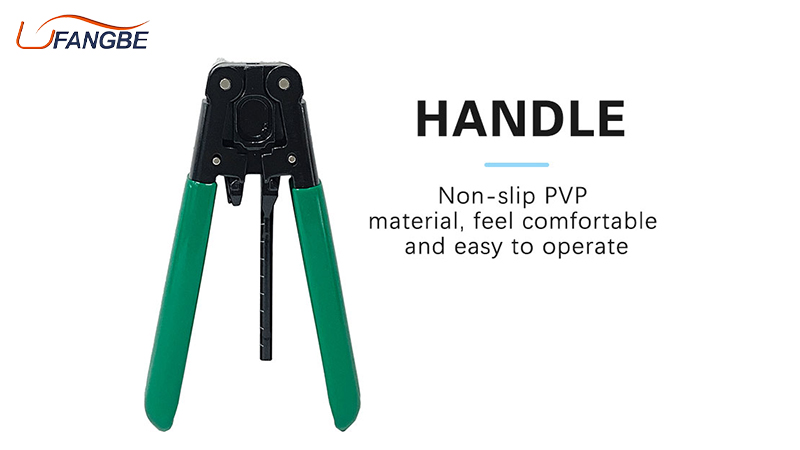Stay tuned
To learn more about the latest news of FANGBEI.
2024-08-17

In the world of telecommunications and networking, Fiber Optic cables are the backbone of high-speed data transmission. Proper installation and maintenance of these cables are crucial, and one essential tool for this task is the Fiber Optic Stripper. This blog will explore the specifications, features, functions, and operation of fiber optic strippers, providing you with a comprehensive understanding of this vital tool.
Fiber optic strippers come in various models, each designed to cater to different stripping needs. Generally, these tools are equipped with specific attributes that make them suitable for handling delicate fiber optic cables. Here are some key specifications to consider:
Stripping Range: Fiber optic strippers are designed to strip insulation from fiber optic cables with precision. They usually accommodate a range of cable sizes, such as 0.9 mm, 2.0 mm, or 3.0 mm, depending on the model.
Blades: The strippers feature specially engineered blades that are sharp yet precise. These blades ensure a clean cut without damaging the fiber strands. Some models come with replaceable blades, allowing for maintenance and longer tool life.
Material: High-quality fiber optic strippers are often made from hardened steel or stainless steel, which ensures durability and resistance to corrosion. Handles are typically ergonomically designed and made from non-slip materials for comfort and control.
Adjustability: Many advanced models offer adjustable settings to accommodate different stripping requirements. This feature allows users to tailor the tool’s operation to the specific cable type and size.
The primary function of a fiber optic stripper is to remove the protective coating from fiber optic cables, preparing them for splicing or termination. Here’s a breakdown of its key functions:
Precision Stripping: Unlike standard Wire Strippers, fiber optic strippers must perform precise and clean stripping to avoid damaging the fragile fiber. This precision is essential for maintaining signal integrity and ensuring reliable performance.
Buffer Removal: Fiber optic cables often have multiple layers of insulation and buffering. The stripper is used to carefully remove these layers without affecting the inner fiber strands.
Cable Preparation: After stripping, the fiber optic stripper helps in preparing the cable for splicing or connection. This involves exposing the core and cladding of the fiber, which are then aligned and joined with other fibers or connectors.
Versatility: While primarily used for stripping fiber optic cables, some strippers can also handle other types of insulated wires, making them versatile tools for technicians working in various settings.
Proper operation of a fiber optic stripper is crucial for effective cable preparation. Here’s a step-by-step guide to using the tool:
Select the Appropriate Blade: Ensure the stripper is equipped with the correct blade size for the cable you are working with. For precise operations, use the blade that matches the cable’s diameter.
Position the Cable: Insert the fiber optic cable into the stripper’s jaws, aligning it with the designated stripping area. Ensure that the cable is positioned correctly to avoid uneven stripping.
Adjust the Tool: If your model has adjustable settings, configure them according to the cable’s specifications. This may involve setting the blade depth or width.
Perform the Stripping: Gently squeeze the handles of the stripper to engage the blades. Apply consistent pressure to strip the insulation evenly. Avoid excessive force, as this can damage the fiber.
Inspect the Cable: After stripping, examine the exposed fiber to ensure there are no nicks or damage. The stripped area should be clean and free of debris.
Clean and Store: Clean the tool after use to remove any residue or dust. Store it in a dry, secure place to maintain its condition and ensure it’s ready for future use.
Fiber optic strippers are indispensable tools for professionals working with fiber optic cables. Their precise design and specialized features ensure that cables are prepared accurately for splicing and termination. By understanding the specifications, functions, and proper usage of these tools, technicians can maintain high standards of performance and reliability in their fiber optic installations. Whether you’re a seasoned technician or a newcomer to the field, investing in a quality fiber optic stripper and mastering its use is key to achieving optimal results in fiber optic connectivity.
Fangbei, a premier manufacturer specializing in network connectors, terminals, electronic components, and cutting-edge network tools.

+86 769 8127 1686 +86 186 8105 2977
186 8105 2977